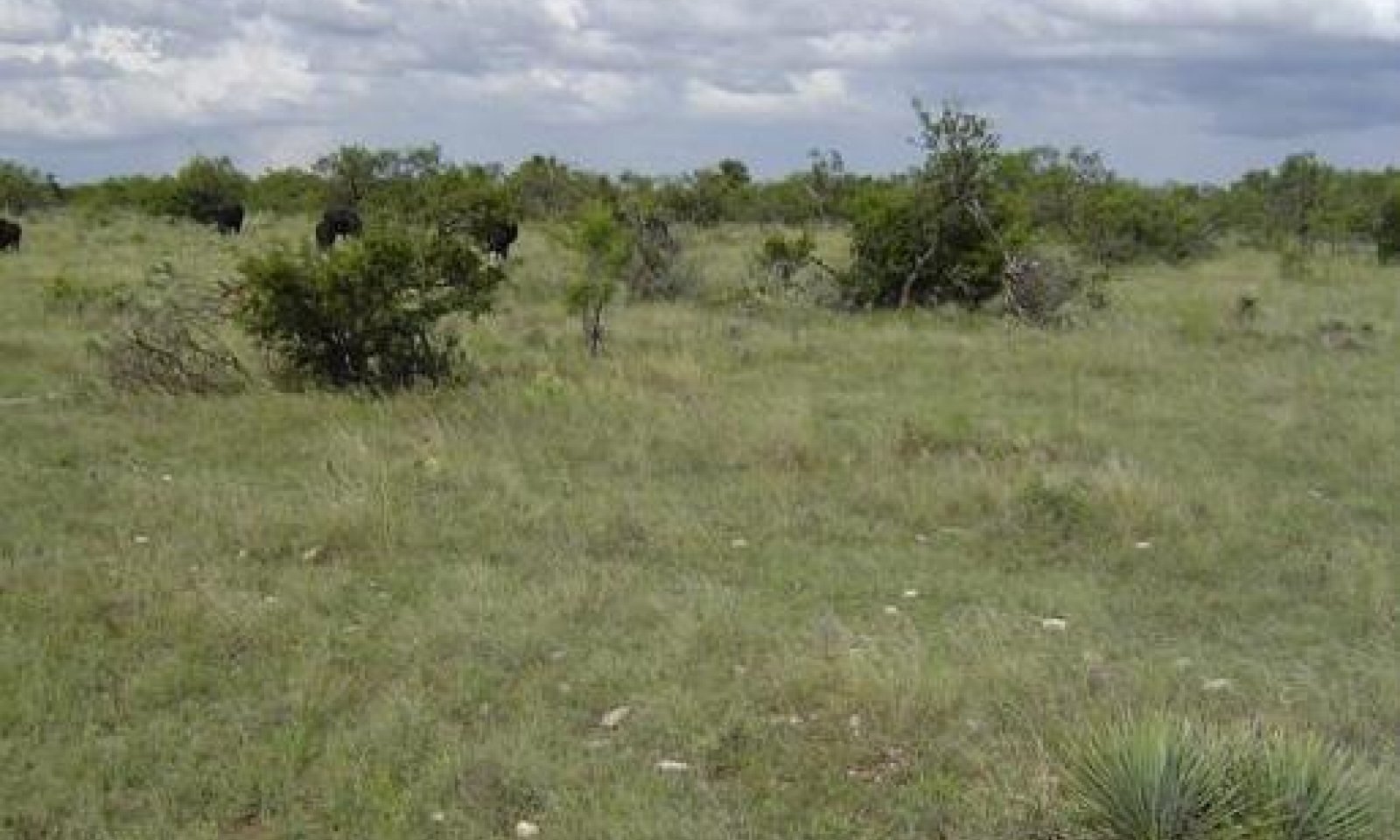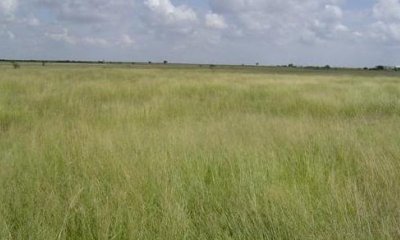
Shallow 23-31 PZ
Scenario model
Current ecosystem state
Select a state
Management practices/drivers
Select a transition or restoration pathway
-
Transition T1A
Absence of disturbance and natural regeneration over time, may be coupled with excessive grazing pressure
More details -
Transition T1B
Extensive soil disturbance followed by seeding
More details -
Restoration pathway R2A
Reintroduction of historic disturbance return intervals
More details -
Transition T2A
Extensive soil disturbance followed by seeding
More details -
No transition or restoration pathway between the selected states has been described
Target ecosystem state
Select a state
State 1
Grassland



Submodel
State 2
Woodland



Submodel
Mechanism
The changes in species composition are small initially, but unless proper grazing and prescribed burning are applied; the woody species continue to increase in size and density. When the canopy of the woody plants becomes dense enough (25 percent) and tall enough (greater than five feet) to suppress grass growth and resist fire damage, a threshold in ecological succession is crossed. The Midgrass/Oak Savannah Community transitions into the Oak/Mixedbrush Shortgrass Community. Normal range management practices, such as proper grazing and prescribed burning, cannot reverse the trend to tallgrass dominance.
Mechanism
Brush management, pasture planting, range planting, and crop cultivation are some conservation practices that can shift from the Grassland State to the Converted Land State.
Mechanism
With reclamation, prescribed grazing, prescribed burning, brush management, and range planting, the Woodland State can shift to the Grassland State.
Model keys
Briefcase
Add ecological sites and Major Land Resource Areas to your briefcase by clicking on the briefcase (![]() ) icon wherever it occurs. Drag and drop items to reorder. Cookies are used to store briefcase items between browsing sessions. Because of this, the number of items that can be added to your briefcase is limited, and briefcase items added on one device and browser cannot be accessed from another device or browser. Users who do not wish to place cookies on their devices should not use the briefcase tool. Briefcase cookies serve no other purpose than described here and are deleted whenever browsing history is cleared.
) icon wherever it occurs. Drag and drop items to reorder. Cookies are used to store briefcase items between browsing sessions. Because of this, the number of items that can be added to your briefcase is limited, and briefcase items added on one device and browser cannot be accessed from another device or browser. Users who do not wish to place cookies on their devices should not use the briefcase tool. Briefcase cookies serve no other purpose than described here and are deleted whenever browsing history is cleared.
Ecological sites
Major Land Resource Areas
The Ecosystem Dynamics Interpretive Tool is an information system framework developed by the USDA-ARS Jornada Experimental Range, USDA Natural Resources Conservation Service, and New Mexico State University.



